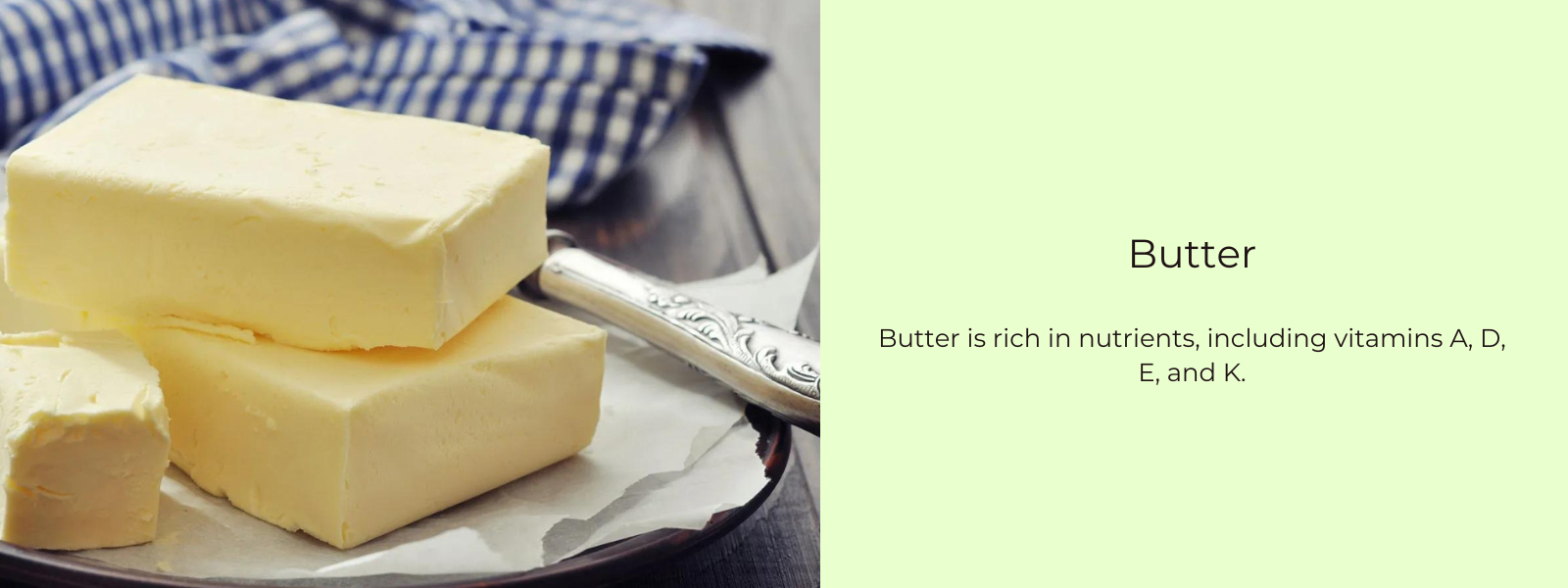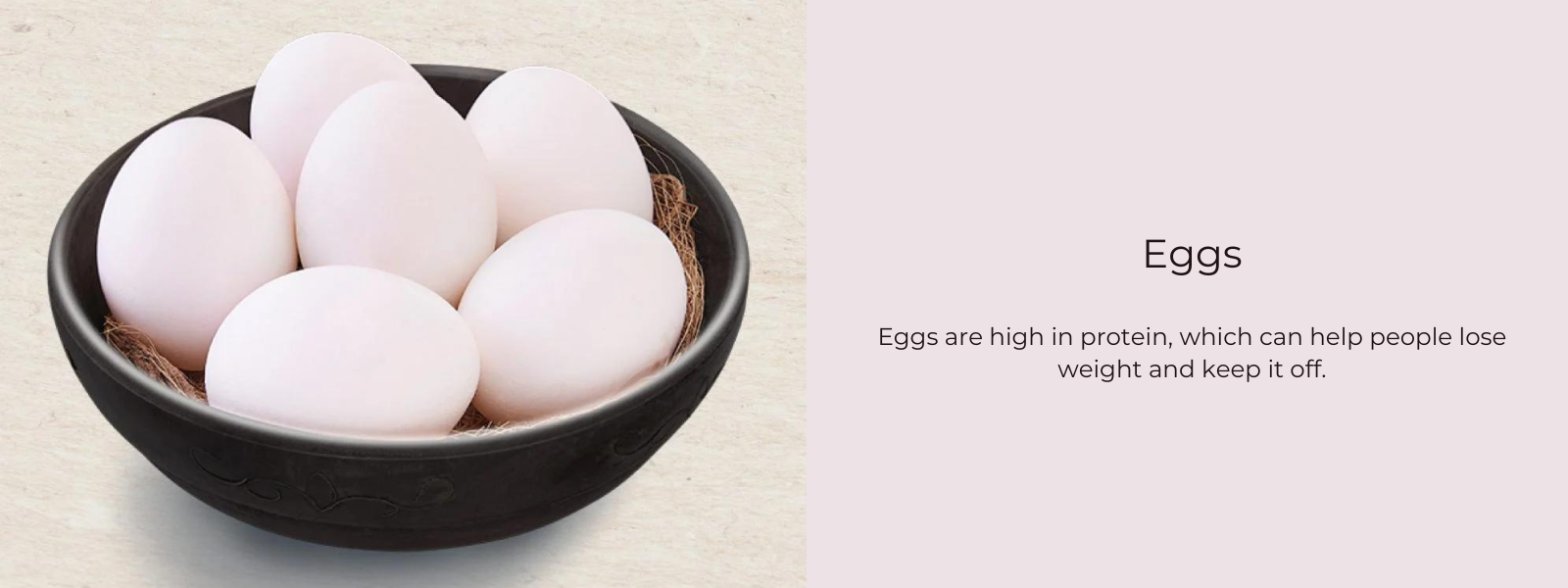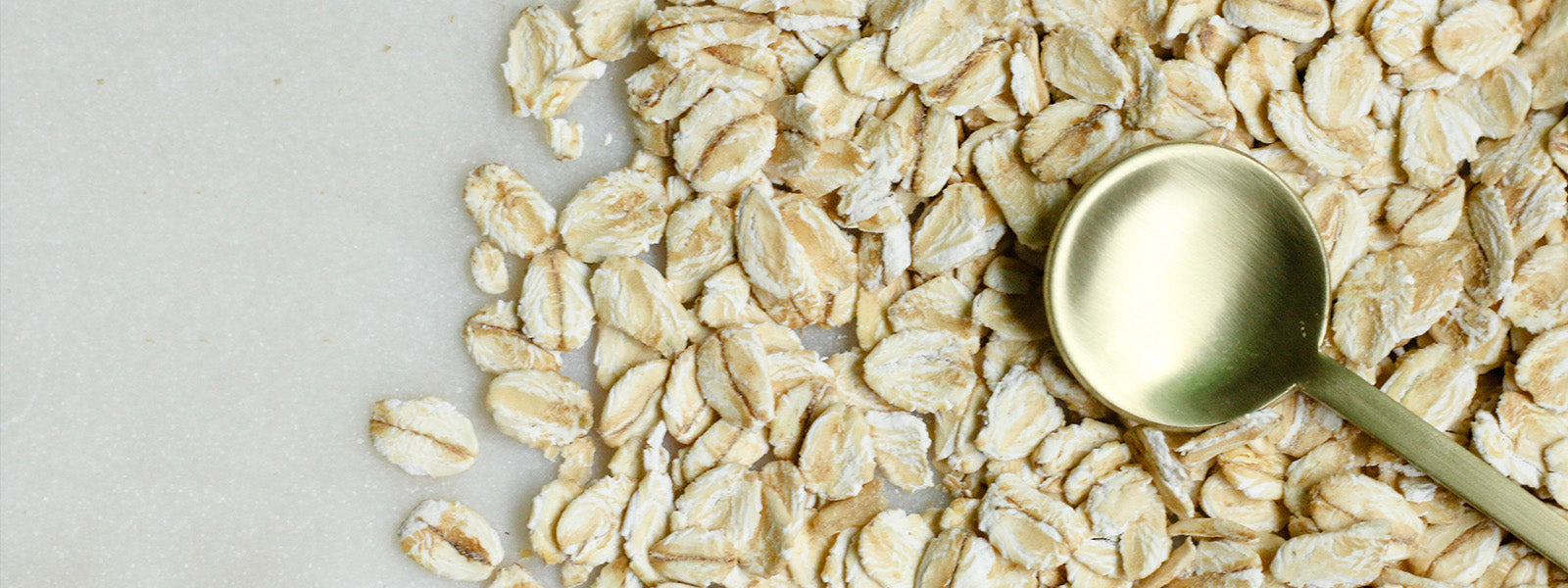Milk was your very first sustenance and has been a staple of human nourishment for years. It is not difficult to understand the reason why milk is nourishing, versatile, delectable, and relatively accessible. Although milk can come from a variety of sources, including an increasing number of non dairy milk, cow's milk remains the most prevalent form in our diets.
Table of Contents
Nutritional value of milk:
Vitamin A
Vitamin D
Phosphorus
Vitamin B12
Calcium
Riboflavin
Choline
Magnesium
Potassium
Zinc
Selenium
One cup of whole milk contains:
Fat: 8 grams
Sugar: 12 grams
Carbohydrates: 12 grams
Calories: 149
Protein: 8 grams
Fiber: 0 grams
Health benefits of milk:
1. Glowing Skin
Cleopatra bathed in milk to keep her complexion soft, supple, and radiant. You may do the same, or you can consume a glass or two of whole milk per day to receive its benefits. Milk contains numerous nutrients that promote healthy-looking epidermis. It contains lactic acid, which can function as an exfoliant, as well as enzymes that help to smooth the skin. Additionally, it contains amino acids that aid in epidermis hydration. Due to the antioxidants in milk, environmental contaminants can be mitigated. If you are sensitive to milk or any other dairy products, however, milk can irritate your epidermis.
2. Healthy Teeth and Bones
Milk is an excellent source of calcium that is vital for bone health. Adults require it to keep their bones healthy and prevent osteoporosis, just as infants do whereas their bones are growing. Milk is also beneficial for healthy teeth because it prevents tooth decay as well as cavities. Vitamin D must be available for calcium absorption to occur. If you're suffering from a vitamin D deficiency, you should consume vitamin D-fortified milk to make sure that your body properly absorbs calcium.
3. Muscles
Milk comprises protein, which aids in muscle repair. Consume a glass of milk right after exercise to provide your body with the nutrients it requires for recovery. It will help prevent muscle discomfort while replenishing fluids lost during exercise.
4. Less Stress
Milk is an excellent way to unwind at the conclusion of the day. Warm milk can assist soothe tense muscles and calm frazzled emotions. Milk is additionally believed to reduce PMS symptoms and increase vitality. Try consuming a glass of milk while soaking in a bubble bath every single time you are feeling overwhelmed.
5. Weight Loss
According to studies, women who consume low-fat or fat-free milk lose greater amounts of weight compared to those who eliminate milk from their diet. It is a delicious appetiser and a nutritious nibble. Include a glass with your meal, or consume a glass while consuming an item of fruit.
6. Physically Sound
Milk possesses properties that reduce hypertension and the risk of strokes. It reduces the liver's cholesterol production and acts as an antacid. Vitamins A as well as B in milk can aid in vision development. Milk is additionally known to reduce the risk of developing specific malignancies.
There are numerous types of milk available, including whole, 2%, low-fat, and fat-free. If you have reservations about the use of growth hormones in milk, opt for organic milk. You ought to be able to locate a milk that satisfies your dietary and nutritional requirements, given the variety of options.
Milk and tooth decay:
Milk and dairy products are believed to prevent tooth decay. Consuming cheese and dairy products:
decreases lingual acidity (which causes cavities).
stimulates saliva production
limits plaque formation
Lower the incidence of tooth deterioration (dental caries).
Drink pasteurised milk
The majority of milk available in the market has been pasteurised (heated then chilled). Pasteurisation reduces the quantity of certain vitamins, including vitamin C, but it also kills bacteria.
Drinking unpasteurized or raw milk increases your risk of gastrointestinal distress due to pathogens (insects, germs, bacteria).
There are numerous varieties of pasteurised milk on the market, such as:
- Full cream milk contains approximately 4% fat. For infants under 2 years of age, whole milk is recommended.
- Reduced fat – reduced-fat milk contains approximately half the amount of fat as full-cream milk. Children over the age of two may consume low-fat milk.
- Skim milk contains no more than 0.15% fat. Some varieties of reduced-fat or skim milk have vitamin D and A added to compensate for the loss of naturally occurring vitamins when fat is removed.
- A2 milk - milks designated as 'A2' predominantly contain the A2 form of the -casein protein and miss the A1 form. Some individuals may digest the A2 form of the -casein protein more readily compared to the A1 form.
- Lactose-free milks are identical to regular milks, but the lactose (sugar) has been removed to make them simpler to digest for those who have trouble digesting lactose.
- These flavoured milks can be either whole dairy or low fat. However, the majority of types contain sugar that has been added and should only be consumed occasionally.
- UHT (ultra-high temperature) milk is treated with extremely high temperatures so that it can be stored for extended periods.
What is lactose intolerance?
Many individuals are unable to digest cow's milk along with other dairy products, such as yoghurt and some cheeses.
Lactose intolerance, a disorder in which the body does not generate sufficient of the lactase enzyme which breaks down lactose, a sugar that is naturally found in dairy products, is common among East Asians.
Up to 90 percent of adults in some communities might be prone to lactose intolerance. Dairy consumption results in moderate to severe symptoms, including cramps in the abdomen, flatulence, bloating, and diarrhoea.
By avoiding dairy products, lactose-intolerant individuals can avoid these disagreeable symptoms. However, if they do not consume dairy-free alternatives, they will lose out on numerous health advantages.
FAQs on Milk:
Ques: What is the difference between low-fat milk, whole milk, fat-free milk, and milk with reduced fat?
Ans. Whole, low-fat, reduced-fat, and fat-free milk all originate from cows. However, they vary in terms of the quantity of fat they contain per unit of weight. Whole milk, for instance, contains 3.25 percent fat, making it the closest to its natural state. Reduced fat milk includes 2% fat, low fat milk contains 1% fat, and fat-free milk, as the name suggests, contains no fat. According to your dietary preferences, you may select from the available options. While the amount of fat affects the total amount of calories, the nutritional value of each of these categories remains the same.
Ques: What constitutes lactose-free milk?
Ans. Lactose is a variety of naturally occurring sugar that exists in milk which some individuals find difficult to digest. The body of these individuals typically fails to generate lactase, the enzyme required to digest lactose. Thanks to scientific advances, lactose-free milk is now available. Lactose-free milk is produced through adding lactase to normal milk and cutting down the lactose. Again, it contains the same nutrition as regular milk and is a wonderful method for lactose-intolerant individuals.
Ques: Can calcium tablets serve as a substitute for milk?
Ans. Although milk is rich in calcium, it also contains other nutrients. It contains numerous proteins and nutrients, such as Vitamin B12 and essential amino acids. Vitamin D and phosphorus are among the essential nutrients. Those with calcium deficiency should take calcium tablets, but they are not an alternative for milk.
Ques: Is there a specific time to consume milk?
Ans: Milk can be consumed at any time of day; it can be spread over cereal for breakfast, consumed as a snack in the afternoon, or consumed warm at night.











Leave a comment